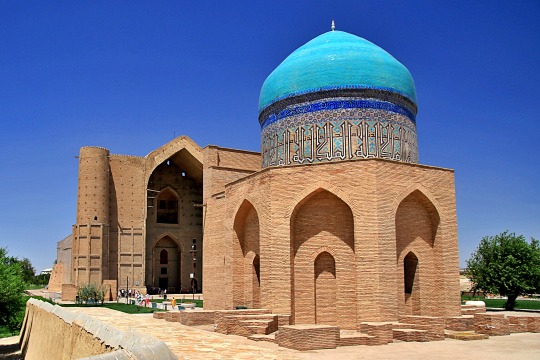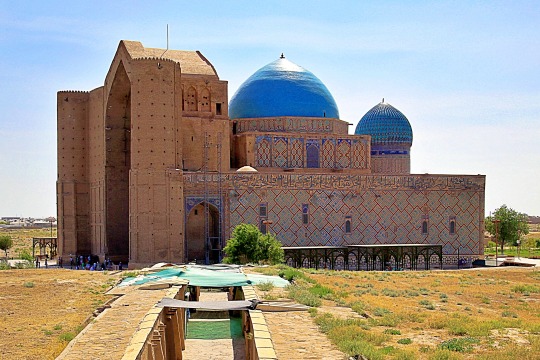#silkroad
Explore tagged Tumblr posts
Text

Journey
#character design#character illustration#original character#characterconcept#original charater art#character art#rpg#adventurer#traveler#young boy#adventure#explorer#wanderer#traveller#bard#travel writer#fantasy concept#fantasy clothing#fantasy#fantasy art#fantasy illustration#silk road#silkroad#loremaster
326 notes
·
View notes
Photo

This map illustrates the Silk Road in the late 8th century, a vital network of trade and cultural exchange across Eurasia. In the east, the Tang Dynasty controlled much of the Silk Road, linking China to the trade networks of Central and South Asia. In the west, the Abbasid Caliphate, with Baghdad at its center, integrated Silk Road commerce into the broader Islamic economy, extending connections...
#History#SilkRoad#Silk#Chang'an#AbbasidDynasty#Abbasid#Baghdad#Changan#EconomicHistory#Eurasia#Spice#Tang#TibetanEmpire#Trade#TradeNetwork#Uyghur
144 notes
·
View notes
Text

dost anyone fw romechu heavy by any chance
#my art#hetalia#axis powers hetalia#hetalia world stars#aph ancient rome#aph rome#aph china#hws rome#hws ancient rome#hws china#wang yao#yao wang#Ineed you to understand me#Impuutinv my hands on your shoulders. modern day rome is some fat ass loser beautiful big fat fat fat man and yao is God’s skinniest soldie#he sees Fat romulus. he wants him heavy. he wanted him heavy back in ancient times and he still does now#pleaxe#Guys. Guys#fw romechu please#Romechu#silkroad
161 notes
·
View notes
Text















Bukhara, Uzbekistan April 2024 Konica C35 EF + Kodak Portra 160
#35mm#analog#urban#film photography#architecture#bukhara#buxara#buhara#uzbekistan#silkroad#silk road#islamic architecture#central asia
170 notes
·
View notes
Text

Shah-i-Zinda necropolis.
Samarkand, Uzbekistan.
© Roberto Conte (2017)
Follow me on Instagram
37 notes
·
View notes
Text

Portrait of Li Xiangjun (1624–1654), a famous Gējì from the Ming period, 1817. Gējì were female Chinese performing artists and courtesans who trained in singing and dancing. Li Xiangjun's life was dramatised in the play The Peach Blossom Fan. Her romance with Hou Fangyu has been called one of the greatest romances of Chinese history. She is one of the Eight Beauties of Qinhuai (Chinese: 秦淮八艳) described by late Qing officials.
#china#chineseart#chinesehistory#chineseculture#mingdynasty#chinesepainting#geji#qingdynasty#silkroad#asianhistory#asianart#art#painting
6 notes
·
View notes
Photo

#portra#portra400#mood#fujifilm#fujixweekly#light#minimal#streetphotography#arhitecture#uzbekistan#silkroad
64 notes
·
View notes
Text










Namesake
30 notes
·
View notes
Text
Ross Ulbricht is a peaceful first-time offender serving a double life sentence plus 40 years without parole for all non-violent charges associated with creating the Silk Road e-commerce website. He was a 26-year-old idealistic libertarian—passionate about free markets and privacy—when he made the site. Ross was not prosecuted for causing harm or bodily injury and no victim was named at trial. This is a sentence that shocks the conscience.
2 notes
·
View notes
Text
youtube
A beautiful video about Ancient China, a civilization that shaped the world with its innovations, philosophies, and monumental achievements.
If you enjoyed watching the content, consider subscribing to my YouTube channel and hitting the like button on YouTube
#history#ancient#ancientchina#civilization#ancientcultures#chinesehistory#GreatWall#SilkRoad#TerracottaArmy#Confucianism#Taoism#Buddhism#Youtube
12 notes
·
View notes
Text
youtube
🌏 Epic Eras: Empires, Builders, and the Silk Road 🏛️ History comes alive in this captivating video that explores the rise and fall of empires, the visionary leaders who built them, and the legendary Silk Road that connected civilizations.
✨ What You’ll Discover:
How powerful empires shaped the ancient world.
The legacy of empire builders like Alexander the Great and Ashoka.
The Silk Road’s role in fostering global trade, cultural exchange, and innovation.
🎥 Watch Now: [ https://www.youtube.com/watch?v=_YeFfZBR2eY ] Dive into the stories that continue to inspire us and reveal how humanity’s past shapes our future.
💬 Let’s discuss: Which empire, leader, or historical connection inspires you the most? Reblog and share your thoughts!
#youtube#EpicEras#HistoryLovers#SilkRoad#EmpiresAndBuilders#AncientCivilizations#WorldHistory#TradeRoutes#HistoricalImpact#CulturalExchange#HistoryUncovered#HumanCivilization#EastMeetsWest#HistoryBuffs#HistoricalJourney#LegendsOfHistory
2 notes
·
View notes
Text

Loremaster
#character design#character illustration#characterconcept#original character#character art#original charater art#rpg#adventurer#traveler#young boy#loremaster#adventure#concept art#fantasy concept#fantasy clothing#fantasy illustration#fantasy art#fantasy#explorer#wanderer#nomad#swordsman#ranger#backpack#traveller#travel writer#silk road#silkroad#bard#bowyer
55 notes
·
View notes
Photo

In 1000 CE, Europeans had a limited but expanding awareness of the wider world, shaped by trade, exploration, and religious contacts. The Vikings had pushed westward, reaching Greenland and Vinland (North America). At the same time, merchants and pilgrims traveled south and east, engaging with the Islamic Caliphates, which connected them to India, Central Asia, and China through trade networks like...
79 notes
·
View notes
Text

welcome to the underground how was the fall
#my art#hetalia#axis powers hetalia#aph china#aph ancient rome#aph rome#hws china#hws ancient rome#hws rome#romechu#churome#silkroad#thwyre not my main but i fw them heavy ok#i come and go w random ships forgive me but this is how I function i love fruk dont worry#can china be a freak ://// can he be a weirdo :/// can he fuck with fat italians#yao wang#wang yao#in my head i named Rome. alexander.#lame i know. let me live
229 notes
·
View notes
Text
youtube
The first single from Silkroad and Rhiannon Giddens's upcoming album, American Railroad, is her arrangement of the traditional songs "Swannanoa Tunnel / Steel-Driving Man," out now. The former is written by wrongfully imprisoned Black men and women, who unwillingly risked their lives building the Swannanoa Tunnel in Giddens's home state of North Carolina. The latter is about the folk hero John Henry, who beat the steam drill with his hammer, only to die of a burst heart.
#silkroad#silkroad ensemble#rhiannon giddens#american railroad#swannanoa tunnel#john henry#folk music#nonesuch#nonesuch records#Youtube
2 notes
·
View notes
Text










Mausoleum of Khoja Ahmed Yasawi ( Turkestan / Kazakhstan )
#travelphotography#explore#pickoftheday#adventure#trip#mausoleum#ahmedyasawi#mausoleumofkhojaahmedyasawi#kazakhstan#turkistan#türkistan#kazakhstantravel#travel#photooftheday#architecture#aroundtheworld#centralasia#islamic architecture#khojaahmedyasawi#silkroad#islamic
17 notes
·
View notes